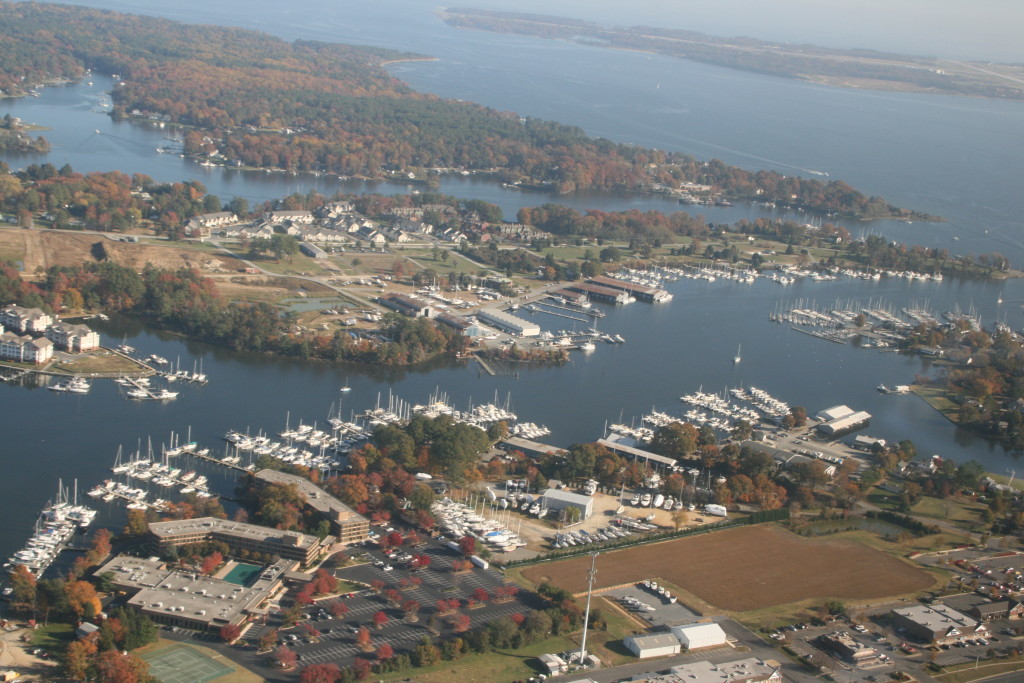Posts by Guest
Code red: for the Chesapeake Bay
In December 1983, 35 years ago, the bay states and EPA solemnly pledged to restore the bay in signing the first Bay Agreement. President Ronald Reagan budgeted $40 million for the new Bay Program over four years and said in his 1984 State of the Union that: “We will begin the long, necessary effort to clean up a productive recreational area and a special national resource — the Chesapeake Bay.”
These lofty expectations may be crushed…
Change You Must Believe In
(This is the second in a series of posts on What’s It Going to Take?: A look at how the environmental community can regain the initiative and build the political will necessary to clean up the Chesapeake Bay.)
(Posted by Doug Siglin.)
 The New York Times’ Leslie Kaufman recently reported that in the wake of Congress’ failure to enact carbon-limiting climate change legislation, several national environmental organizations are changing tactics. She wrote: “On the strategy front… a three-prong approach is emerging: fight global warming by focusing on immediate, local concerns; reinvigorate the grass roots through social media and street protests; and renew an emphasis on influencing elections.”
The New York Times’ Leslie Kaufman recently reported that in the wake of Congress’ failure to enact carbon-limiting climate change legislation, several national environmental organizations are changing tactics. She wrote: “On the strategy front… a three-prong approach is emerging: fight global warming by focusing on immediate, local concerns; reinvigorate the grass roots through social media and street protests; and renew an emphasis on influencing elections.”
I hope she’s right, although with a couple of exceptions, I don’t yet see much evidence that national groups are really moving in the direction of the locally oriented political work that Kaufman cites.
Read MorePartnering for a Clean Bay: Providing Locals the Necessary Resources to Achieve Success
(Posted by Brenton McCloskey)
It takes the dedication and hard work of communities, businesses, individuals and – most of all, committed partnerships – to improve the health of the Chesapeake Bay and its tributaries. With the U.S. Environmental Protection Agency’s (EPA) prescribed “pollution diet” mandating new reductions in the Bay watershed, partnerships are essential now more than ever. In order to meet the EPA’s target date to improve the Bay by 2025, the combined efforts of these concerned citizens and organizations is essential to successfully fulfilling these goals.
Local governments have been asked by the State, via federal mandates, to submit individual Watershed Implementation Plans (WIPs) to meet local water quality goals. With the EPA requirements on a fast-track, it is important that Maryland maximize its available resources to ensure the Bay is healthy and economically viable now and into the future.
Read MoreAttacking the Model Is No Favor to Farmers
(Posted by Hank Zygmunt.)
After attending the recent U.S. Agriculture Congressional Chesapeake Bay House hearing I recalled many conversations I had with a number of farmers throughout my career. At workshops, farm visits and town hall meetings, farmers shared concerns about local water quality and their desire to share in the responsibility to restore their local streams, creeks and rivers.
For farmers, saving the Chesapeake Bay is secondary to their concerns about the health of their local waterbodies. And understandably so, because most of them are not directly impacted by the degraded water quality of the Bay even though they are part of the overall process as it relates to the Chesapeake Bay TMDL. However, whether located in the Shenandoah Valley, the Eastern Shore or Lancaster County, there is a strong recognition, from all sectors, for the need to address local water quality challenges that are dominated by agricultural production.
Read MoreBig Chicken Vs. Clean Bay
(Posted by Roy Hoagland.)
The Pew Environmental Group recently issued a report, “Big Chicken: Pollution and Industrial Production in America,” which included a focus on the pollution problems contributed by agriculture to the Chesapeake Bay. Agribusiness interests quickly condemned the report, claiming that as of today, the industry was both “diligent and innovative” in its work to achieve a healthier environment.
Read MoreHelping Local Officials Crack the WIP
(Posted by Mary Ann Lisanti.)
Two decades ago, when the Chesapeake Bay restoration effort began, the leadership of local officials was viewed as nice, but not essential. Times have changed. Today, with the deadline to develop local Watershed Implementation Plans looming, it’s clear that when it comes to improving the health of our local rivers and streams, and ultimately the Chesapeake Bay, the elected leaders of town and county governments and the appointed leaders of local soil conservation, storm water, and planning districts throughout the Chesapeake watershed will be the ones to make it happen.
However, the feedback coming from local government is simply this: They need information, direction, and flexibility in choosing approaches, otherwise budget challenges will keep them from reaching their goals.
Read More